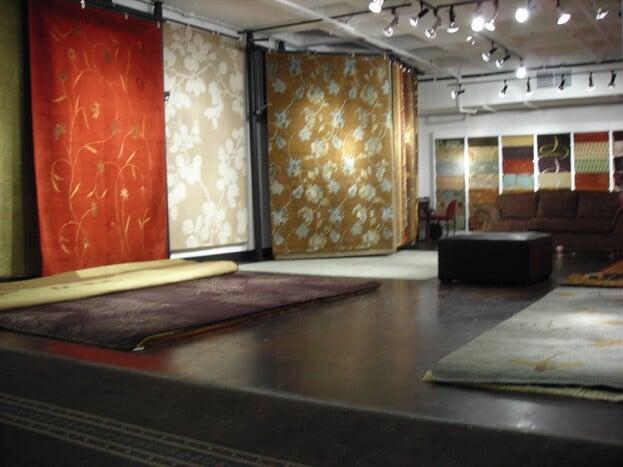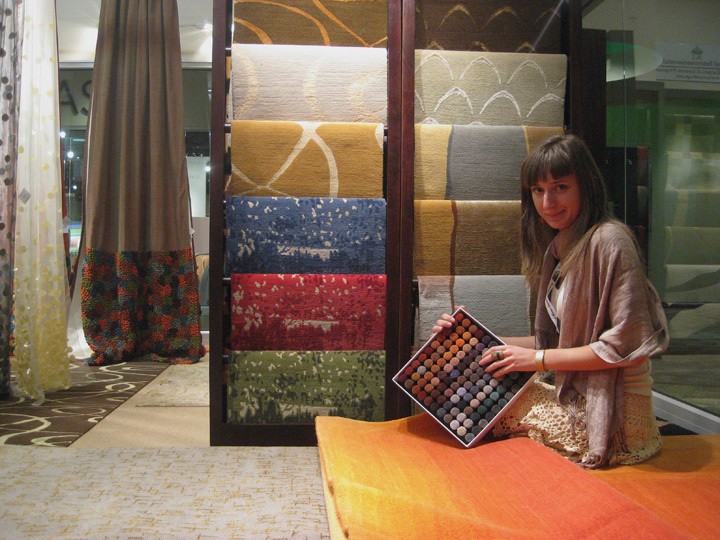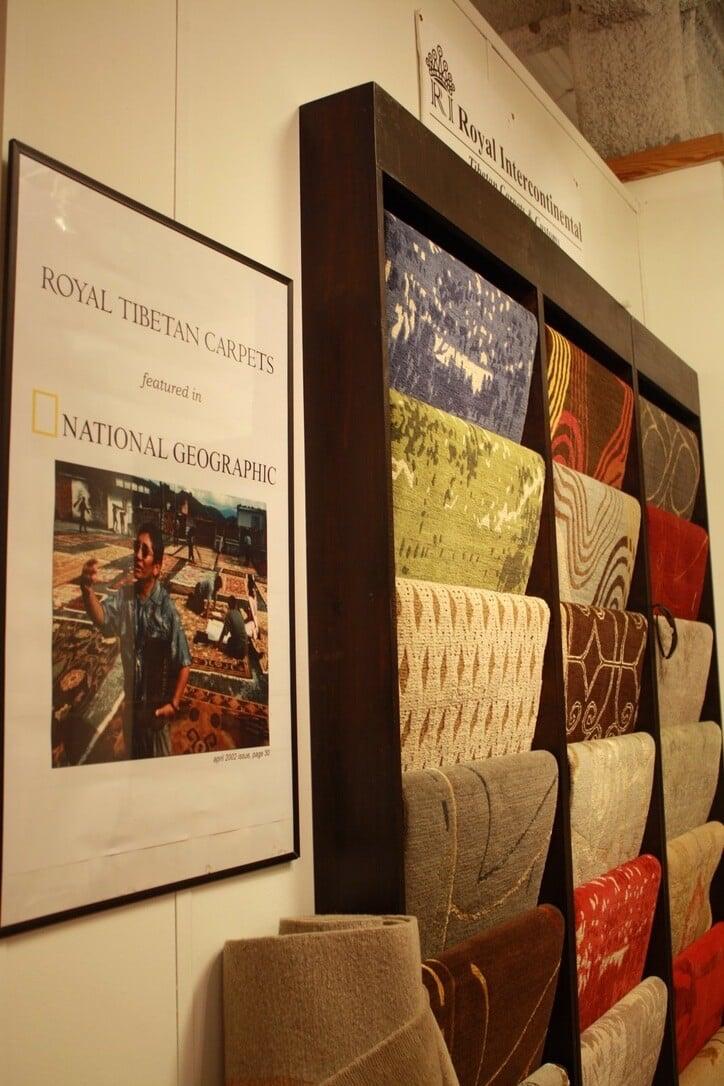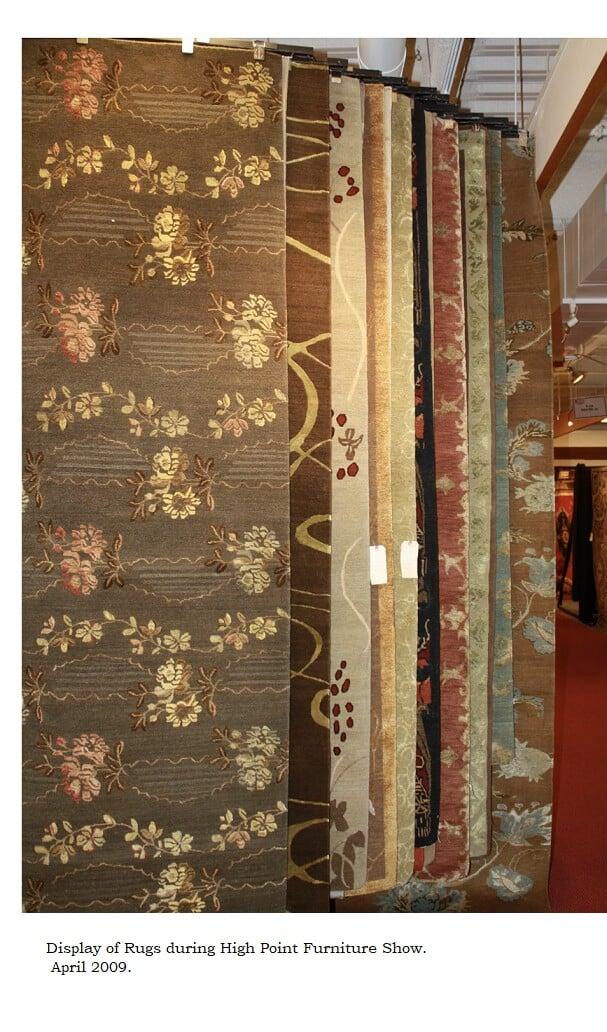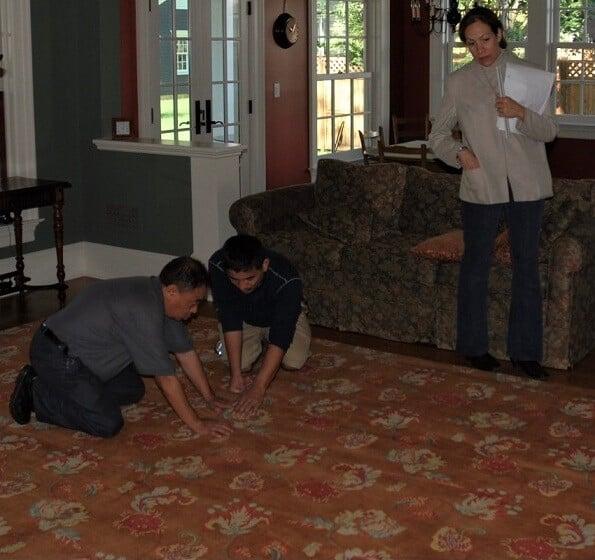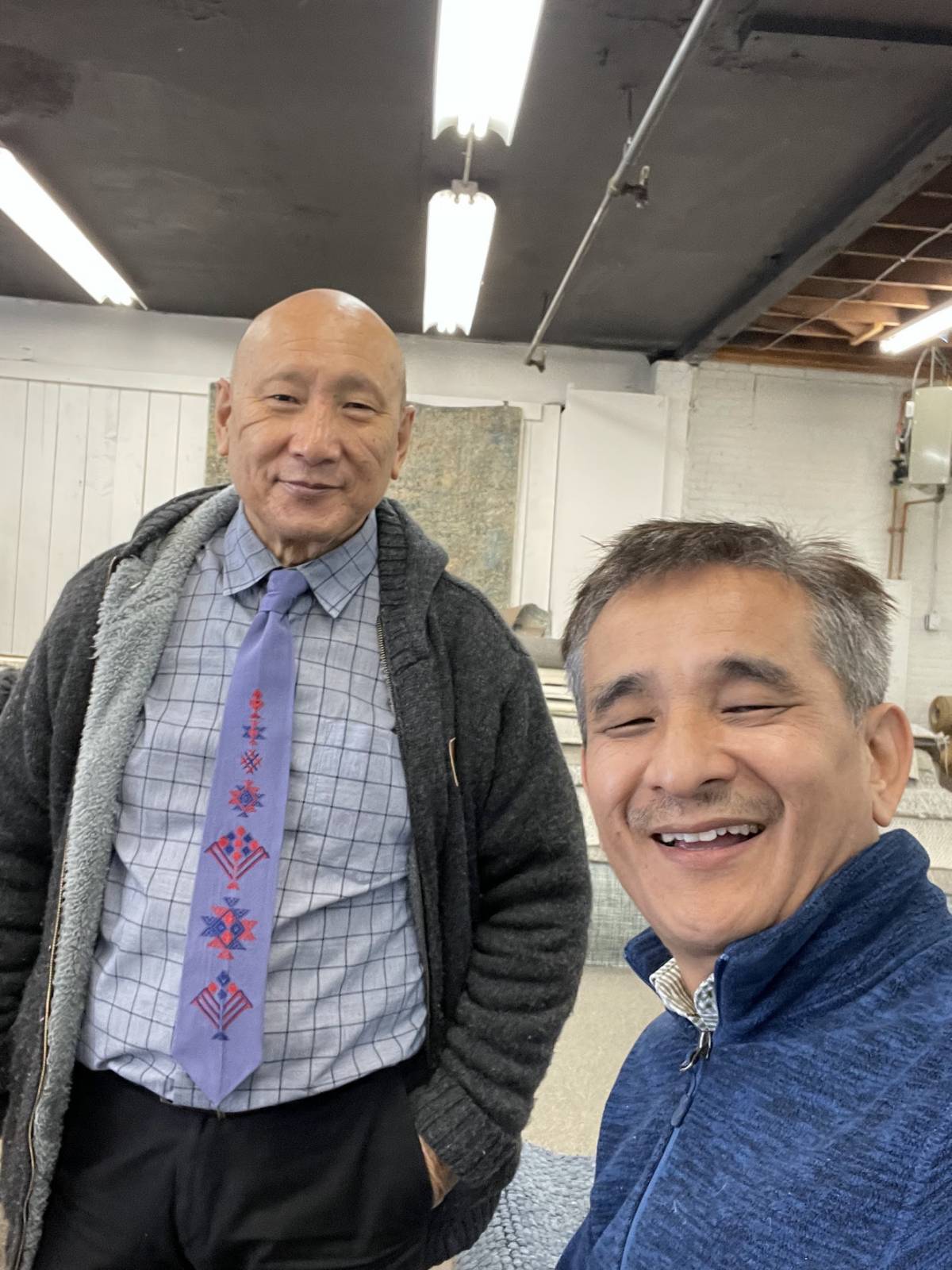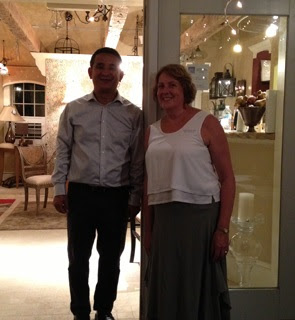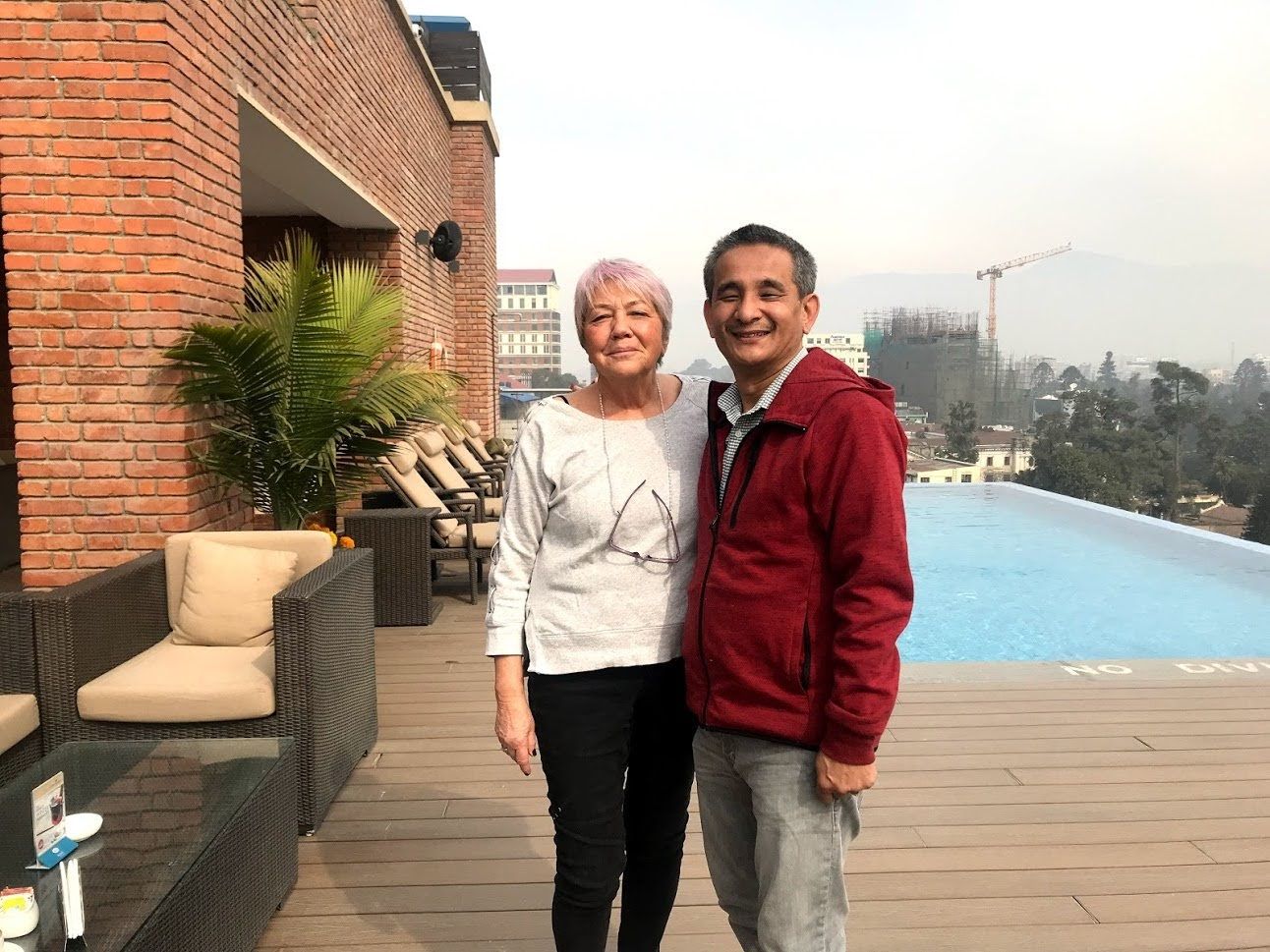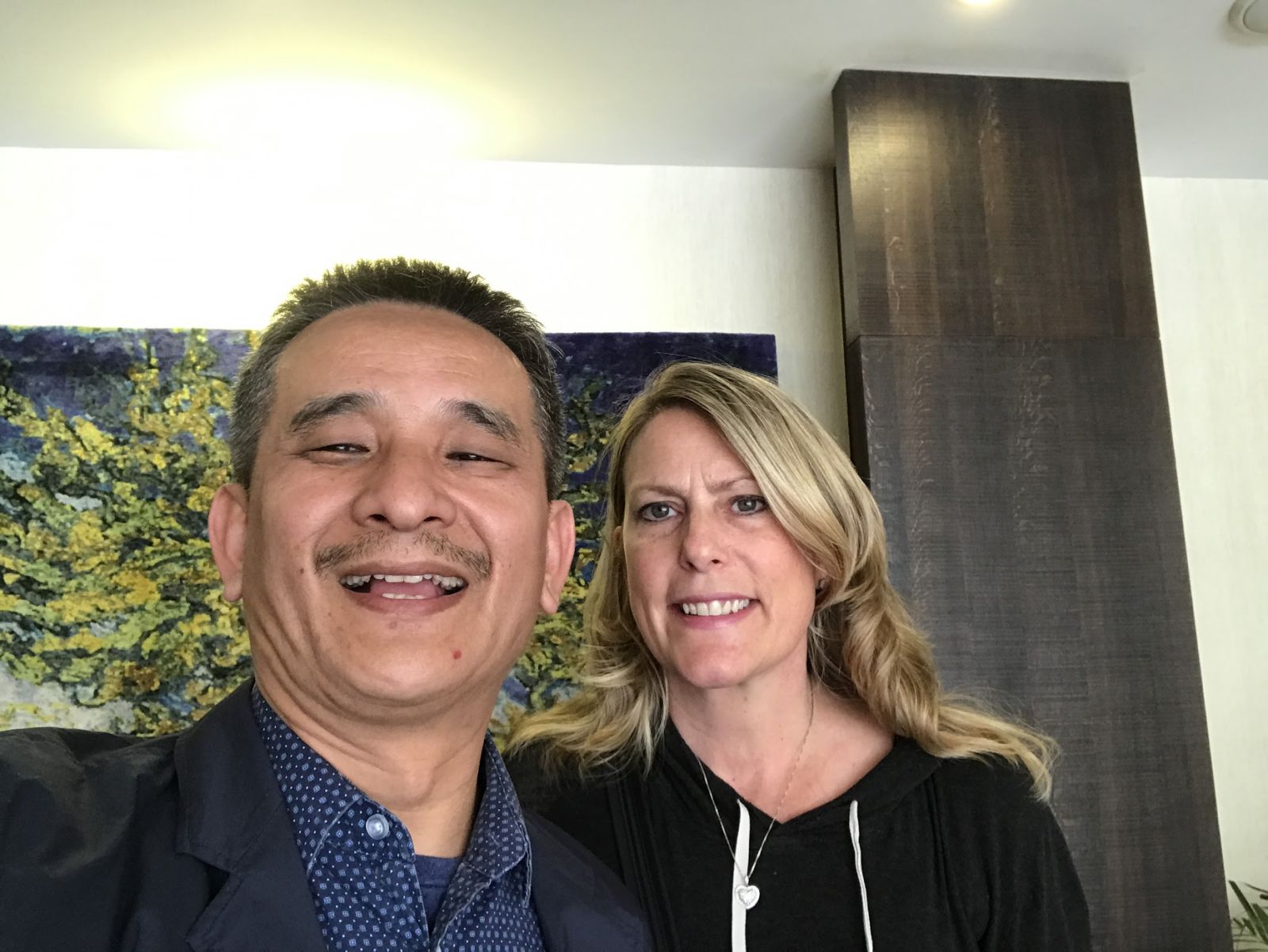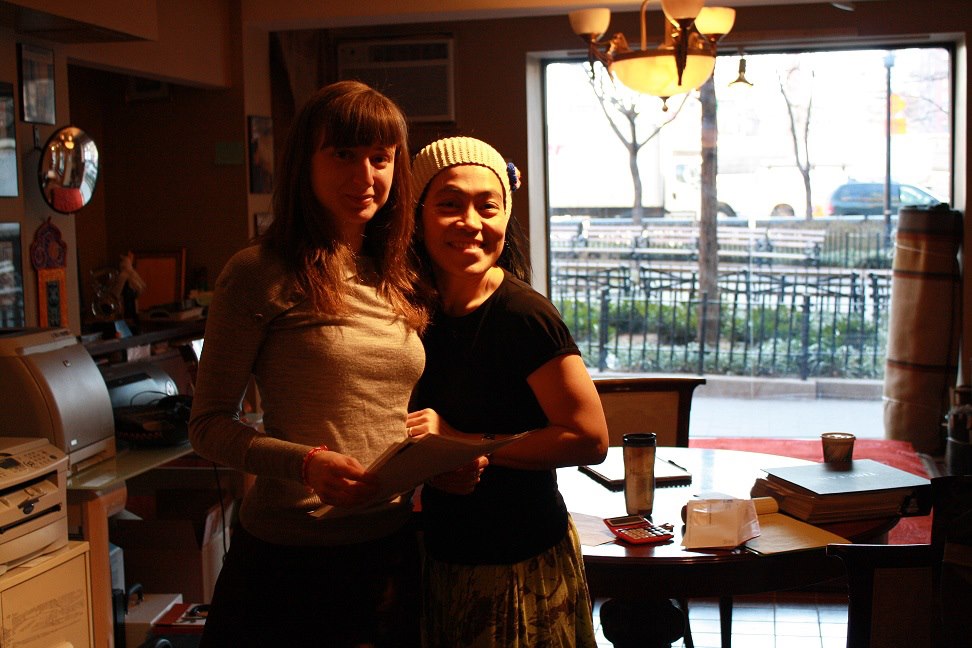HERITAGE & TRADITION
TIBETAN CULTURE
Wool: the foundation of Tibetan culture
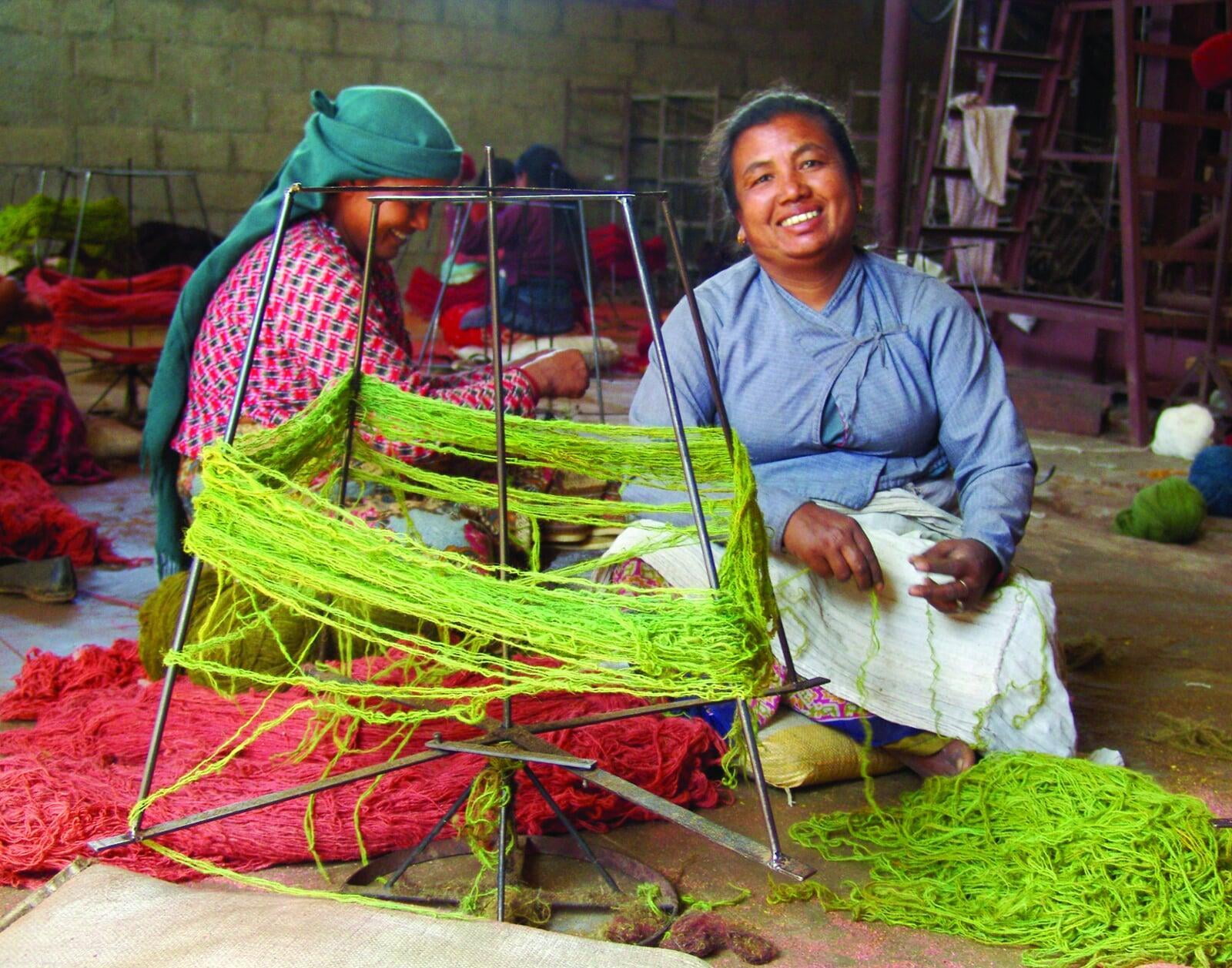
Artistry
The enduring beauty and craftsmanship of authentic Tibetan rugs offer an unparalleled quality, unique to the artisans of Tibet and their rich heritage.
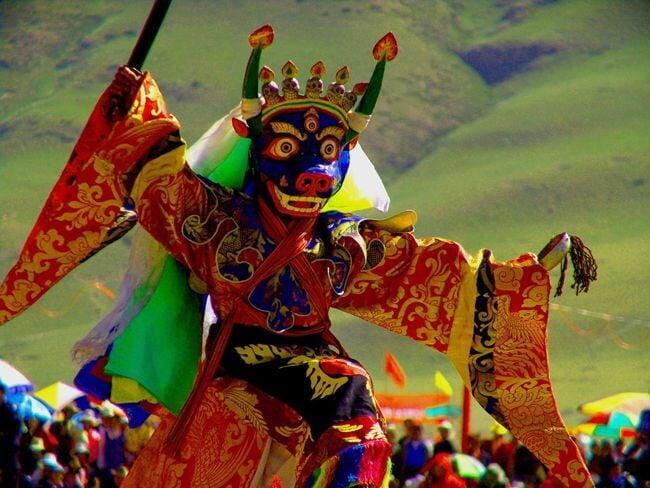
Tradition
From art to music to food, Tibet is known for its distinctive culture resulting from a long history of exchange with other ethnic groups.

The Start of Royal Rugs
Did you know Gyurme's father was the first rug designer in Kathmandu after the Chinese invasion of Nepal in 1959? He was even featured in National Geographic for being a pioneer in rug-making.
Gyurme wanted to continue his father's legacy, so he teamed up with his immediate family to start Royal Rugs. This means he's and is a second-generation rug maker.
That's not Gyurme on the bottom center! He sure looks like his father.
Royal Rugs, then and now
Gyurme continues his father's legacy through Royal Rugs. His main inspiration for working as hard as he does is the people and culture of Tibet and Nepal. He loves to work with the people and factories in Nepal in order to continue passing on the tradition of rug-weaving. He even visits Nepal often! All in all, Gyurme loves to support the people who make Royal Rugs.
QUALITY IN EVERY STEP
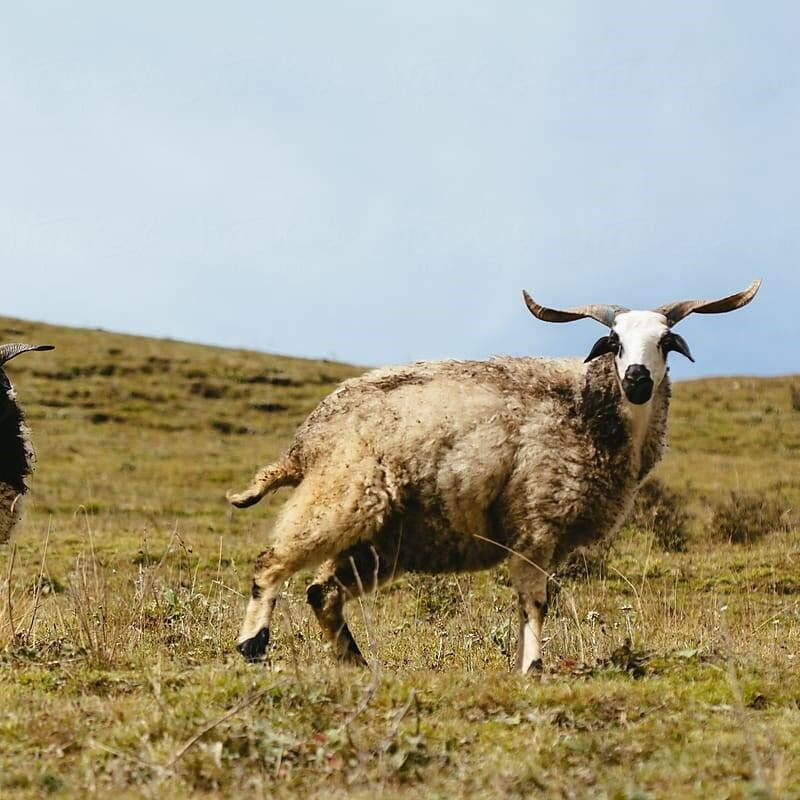
Wool Sourcing
Our highland wool comes from Tibetan sheep indigenous to the Himalayas. Each fiber is extra thick, long, and strong. This wool is then saturated with stain-resistant lanolin.
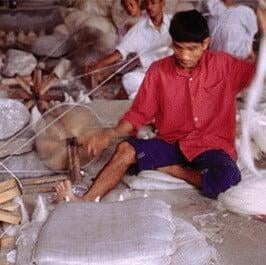
Colorfast Dye
Our craftsmen dye the wool in small quantities, ensuring proper absorption. The lanolin creates a rich, beautiful patina as the dye soaks in, making a naturally soft and lustrous rug.
Knot, Weave, Shred
The delicately processed wool is hand knotted following a graph. The carpets are then shredded to enhance the design, washed, and given their final brushing.
A glimpse into our process.
See our artists and craftsmen at work. Each step is crucial to create a perfect rug for our clients.
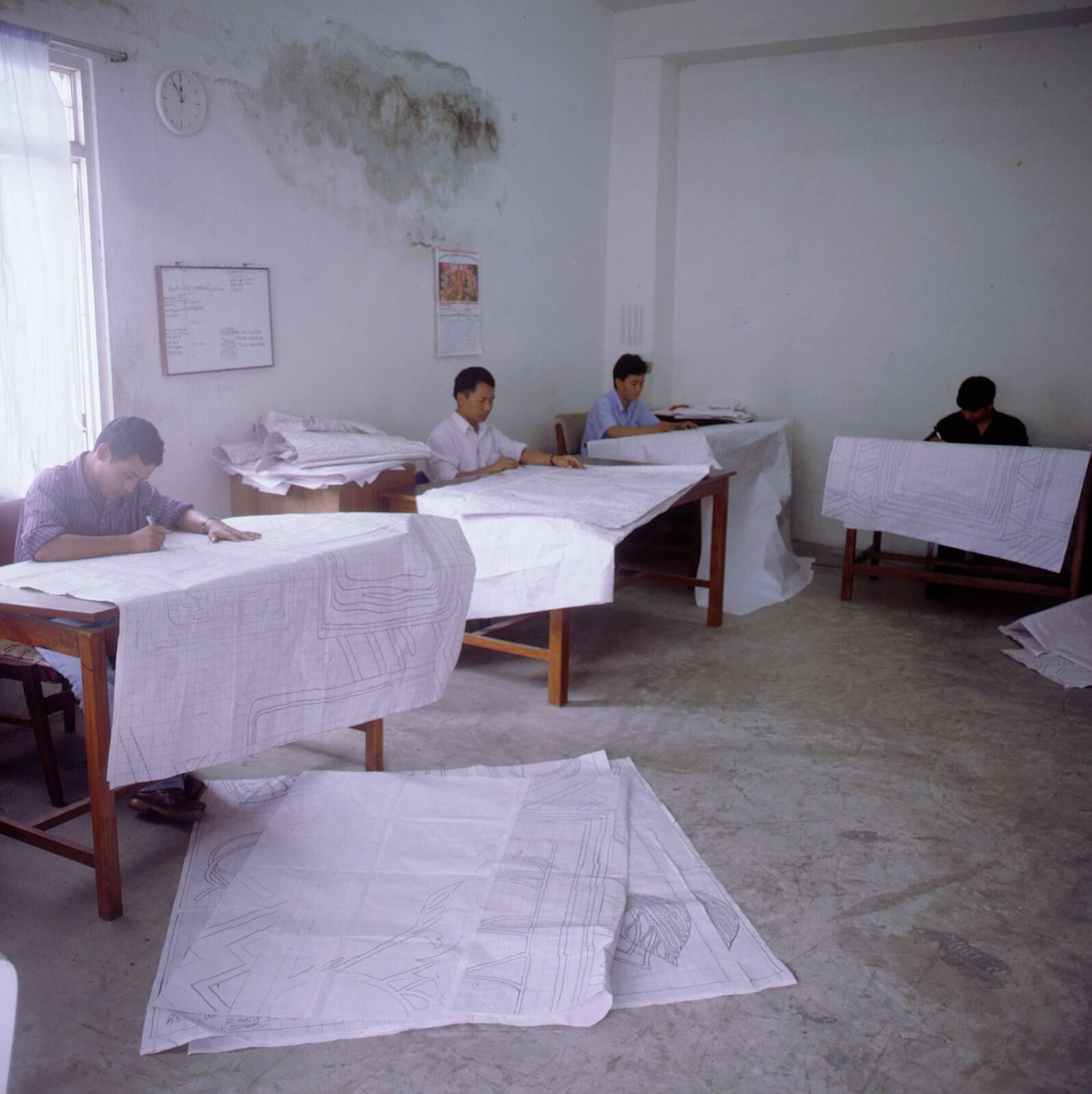
Our graphic artists at work.
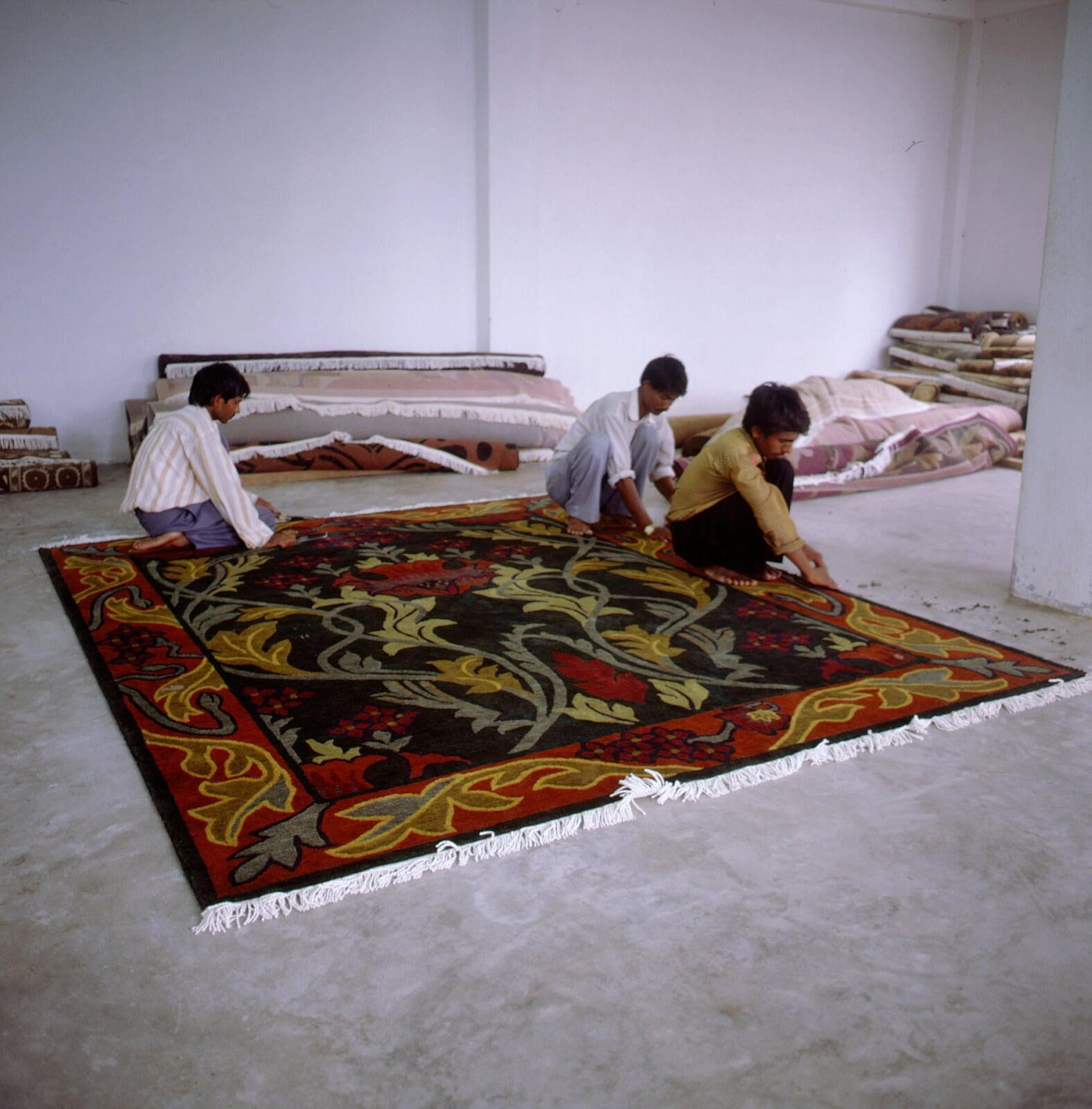
Finishing up and adding the final touches to a piece.
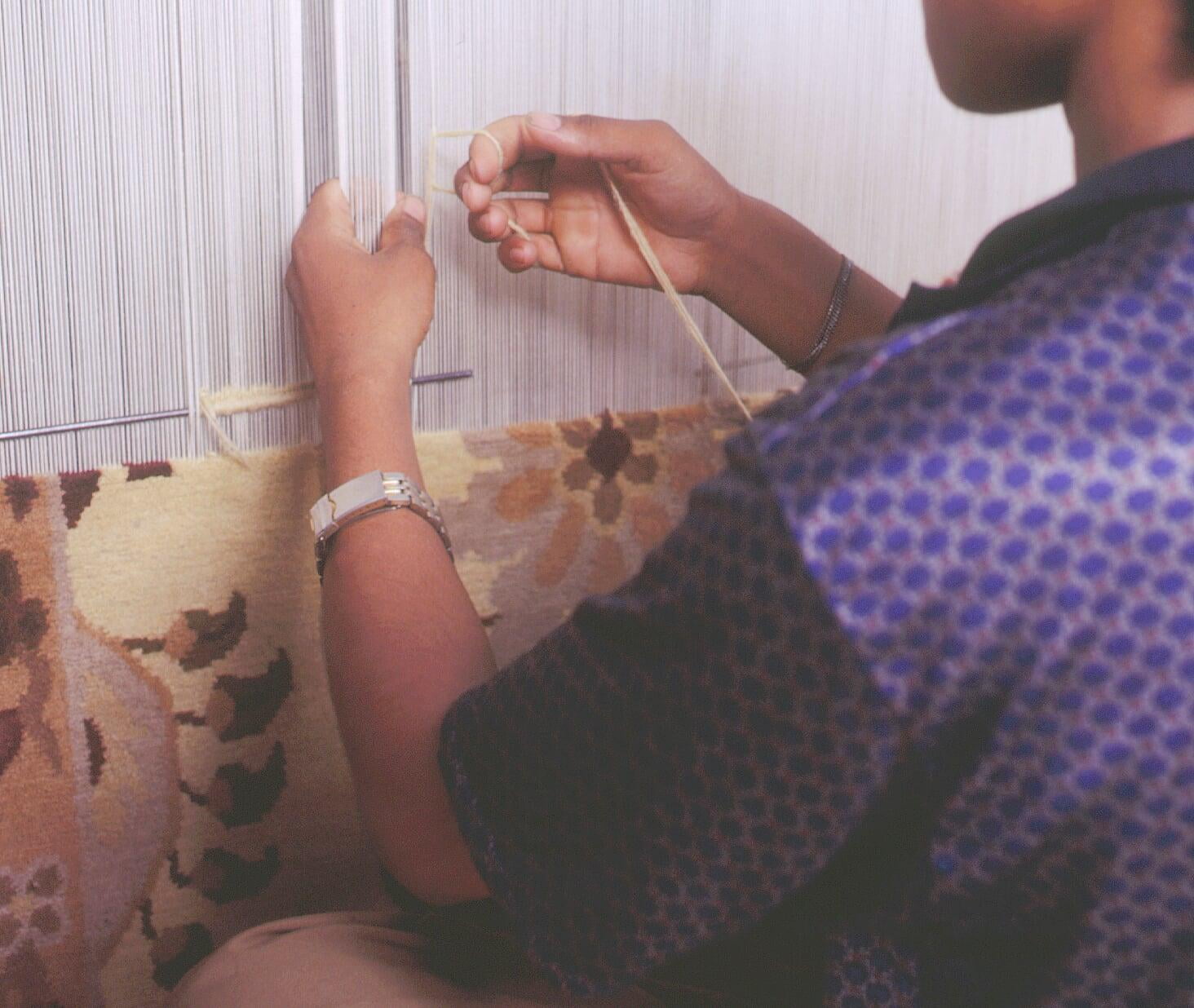
One of our weavers working on a rug.

